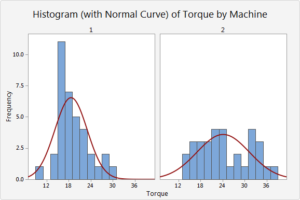Contents
ToggleDescriptive analysis
Descriptive analysis provides simple summaries about the sample and the observations that were made. These summaries can be either quantitative, i.e. summary statistics, or visual, i.e. easy-to-understand graphs. These summaries can either form the basis of the initial description of the data for further statistical analysis, or stand on their own for a particular survey.
For example, basketball shooting percentage is a descriptive statistic that summarizes the performance of a player or a team. This number is the number of shots taken divided by the number of shots. For example, a player who shoots 33 % makes about one in three shots. The percentage summarizes or describes several discrete events. Also consider the cumulative grade point average. This single number describes a student's overall performance across all of their course experiences.
The use of descriptive and summary statistics has a long history, and indeed the simple tabulation of populations and economic data was the first way the subject of statistics arose. More recently, a set of synthesis techniques have been formulated under the title of exploratory data analysis: an example of such a technique is the box plot.
In the business world, descriptive statistics provide a useful summary of many types of data. For example, investors and brokers can use a historical account of performance behavior by performing empirical and analytical analysis on their investments to make better investment decisions in the future.

